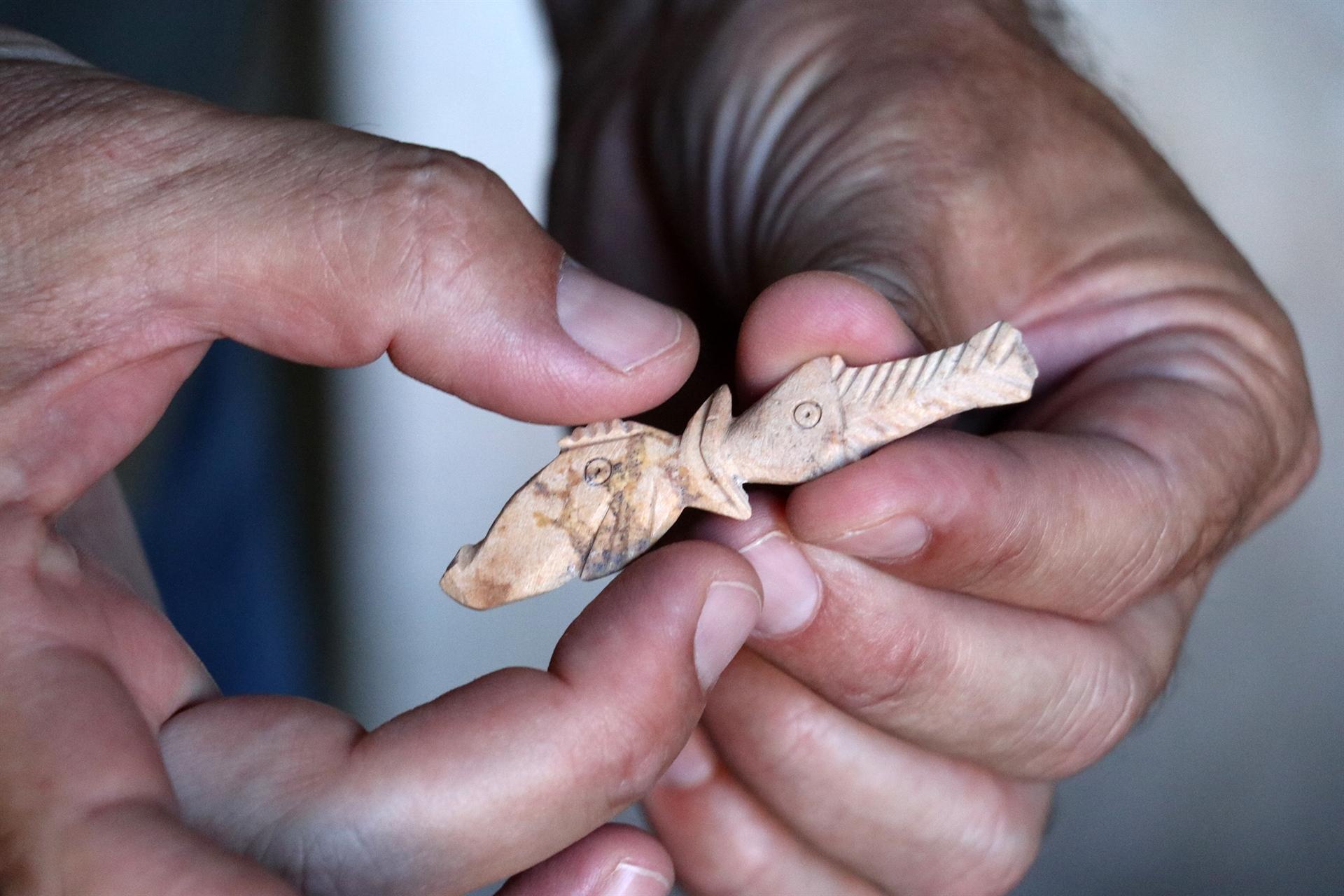Some 2,500-year-old objects made from goat bones unearthed in Turkey’s west
MANİSA

A large number of goat bones and objects made from them have been found during the ongoing archaeological excavations in the ancient city of Aigai, whose history dates back to the eighth century BC.
The relationship between goat species in ancient times and current goat breeds will be revealed after DNA analysis.
The goat bones were found in a cistern pit that was used as a garbage dump in the excavations in Aigai, one of the 12 cities founded by the Aeolian people in the western province of Manisa’s Yunusemre district.
The bones, some of which have been determined to be processed and turned into ornaments with forks, knives, spoons, hairpins and various household appliances, have been examined by expert academics from Middle East Technical University (ODTÜ) and Istanbul University.
Yusuf Sezgin, the head of the excavation, noted that the word “Aigai” means goat in ancient Greek and that the city was a city-state famous for its goats in the past.

Reminding that they had found a lot of animal bones previously in the excavations, which they have been carrying out for the past 16 years, Sezgin said it was the first time that goat bones were found, stressing that they realized that the meat, milk, and skin of the goat, which is the source of wealth of Aigai, were used as well as the bones.
“We are working on the DNA of these goat bones in a [Scientific and Technological Research Council of Turkey] TÜBİTAK project,” Sezgin said.
“Here, we examine the DNA of the bones uncovered and compare it with today’s goat breeds. We are trying to learn the relationship between goat species in ancient times and current goat breeds,” he added.
According to historical sources, the city was a possession of the Lydian Empire and later the Achaemenid Empire when it conquered the former.
In 2016, archaeologists discovered a mosaic in the frigidarium part of an ancient bath in the city, depicting the god Poseidon.
















